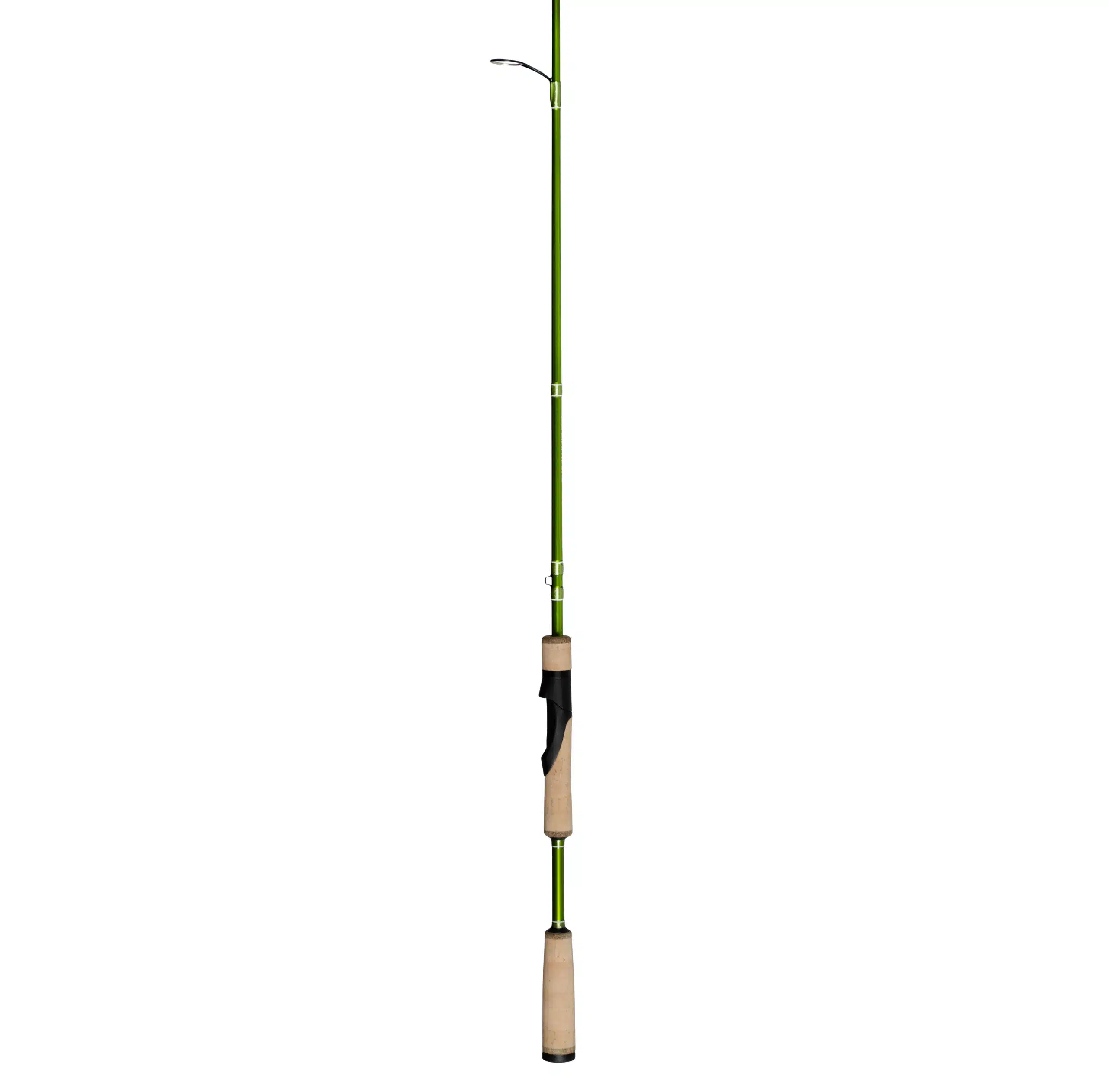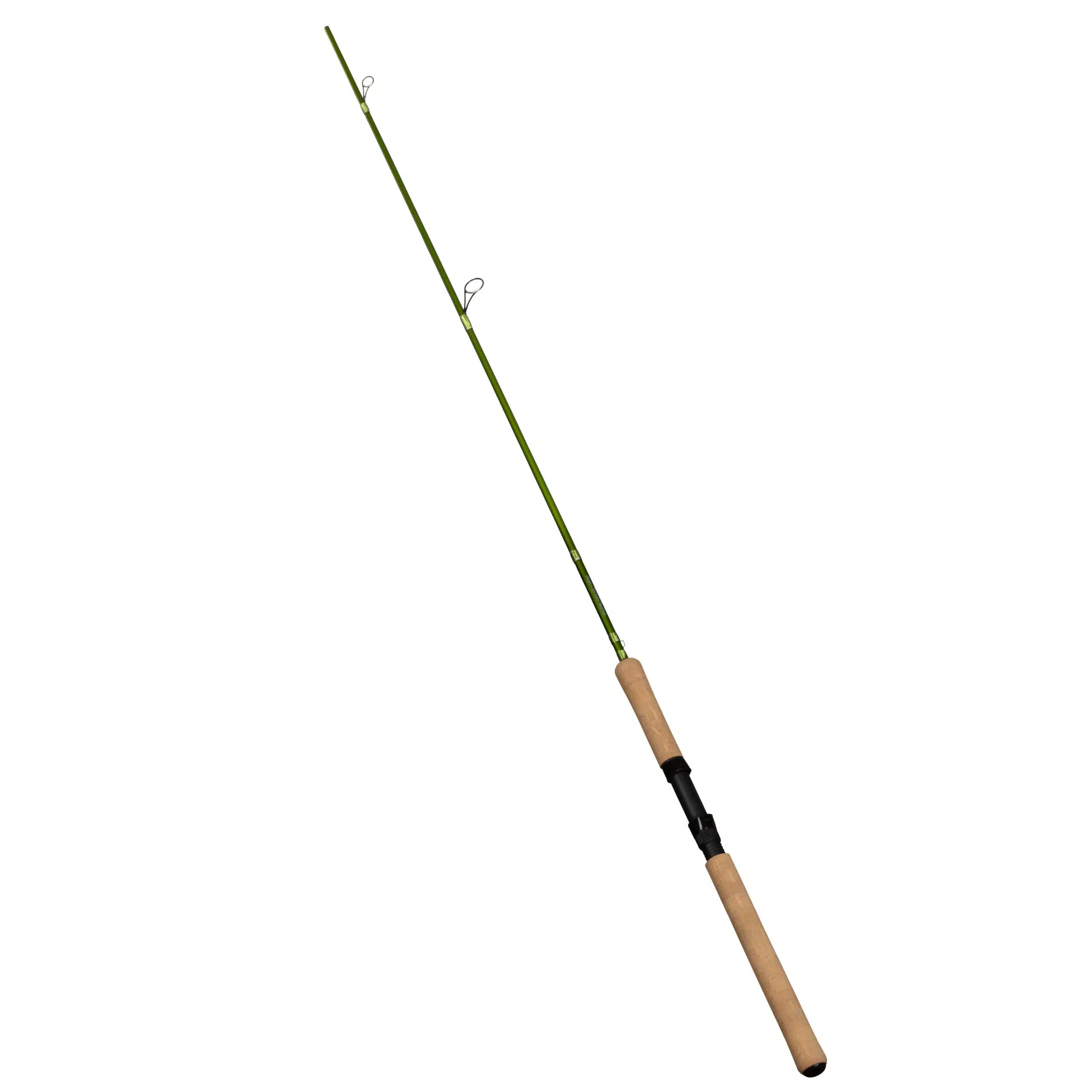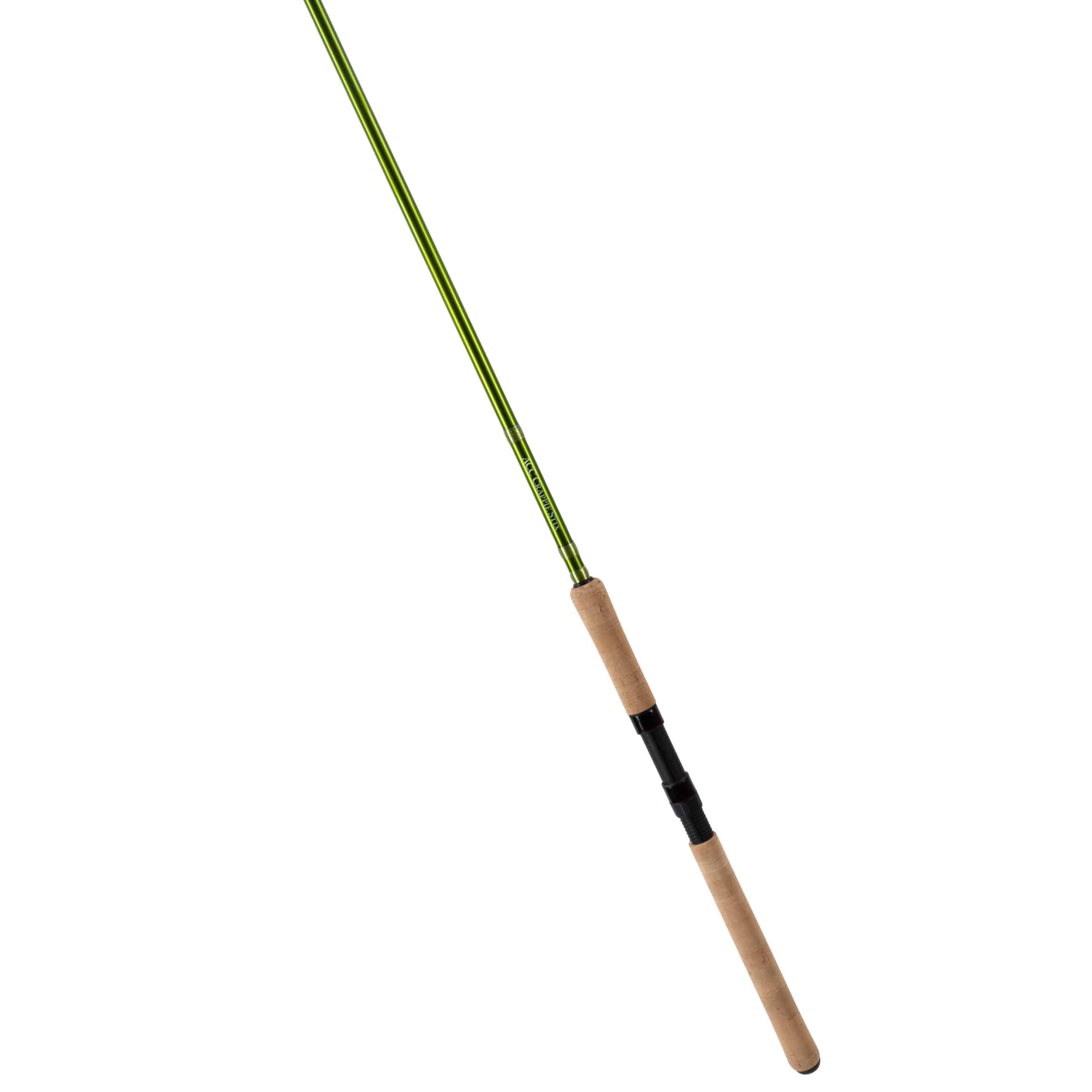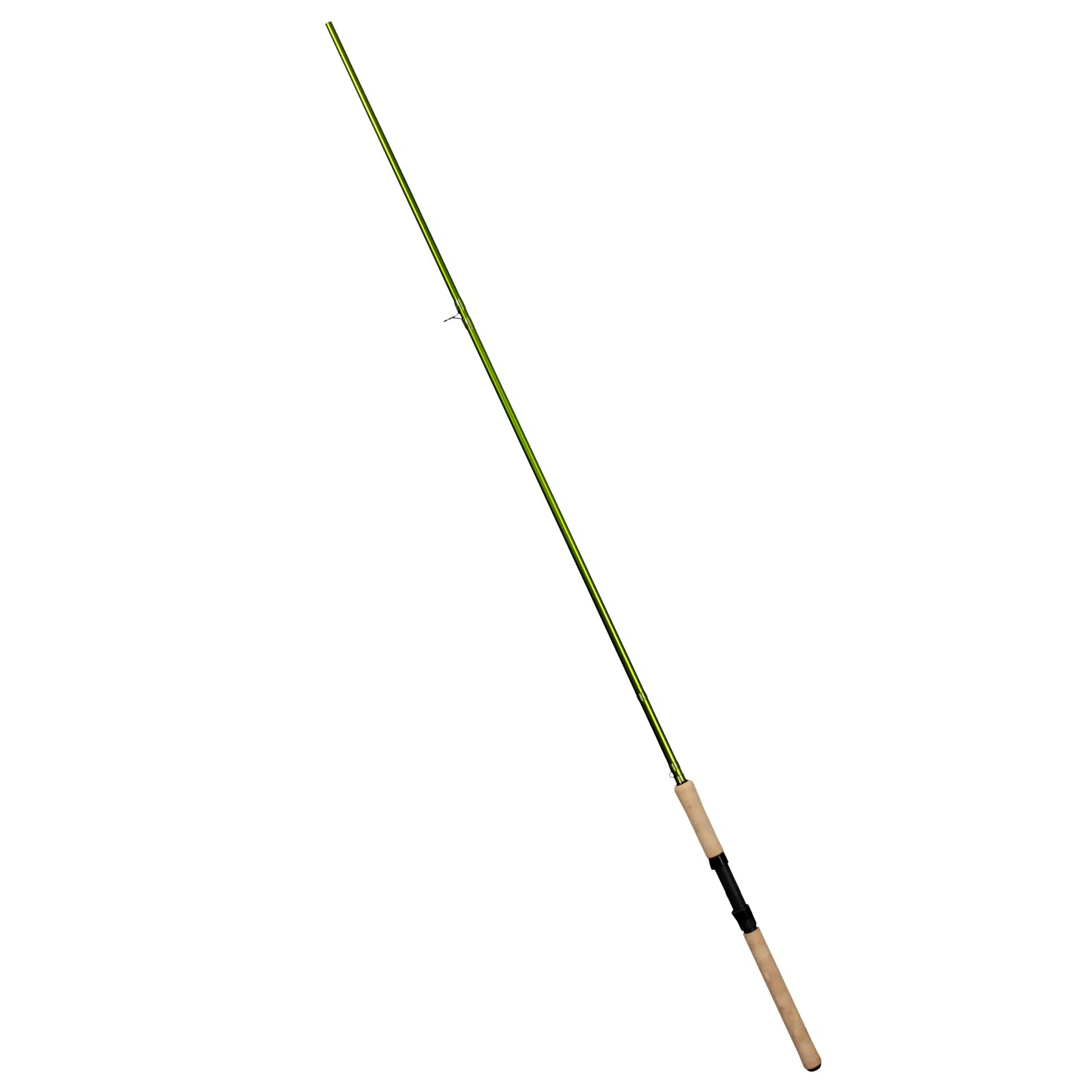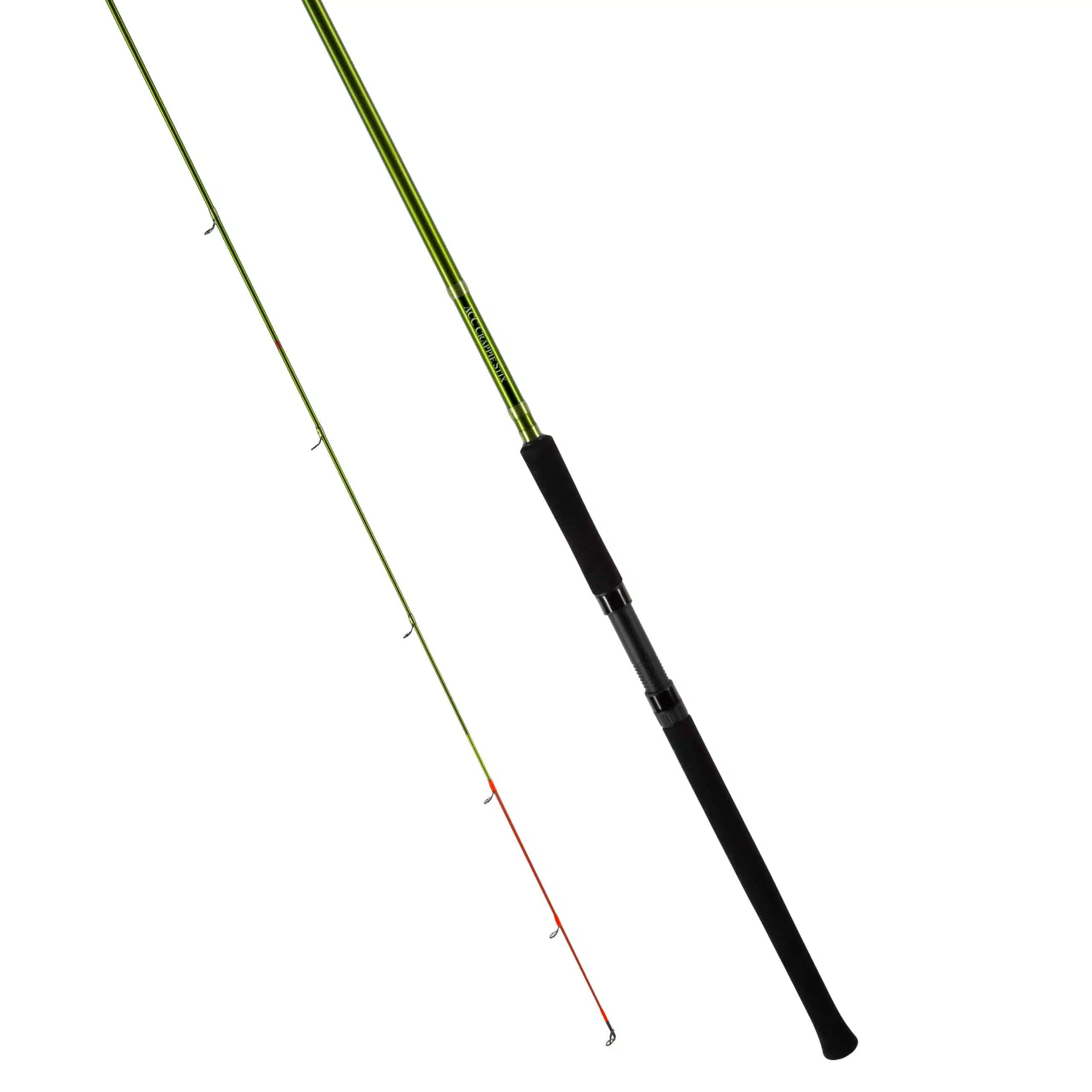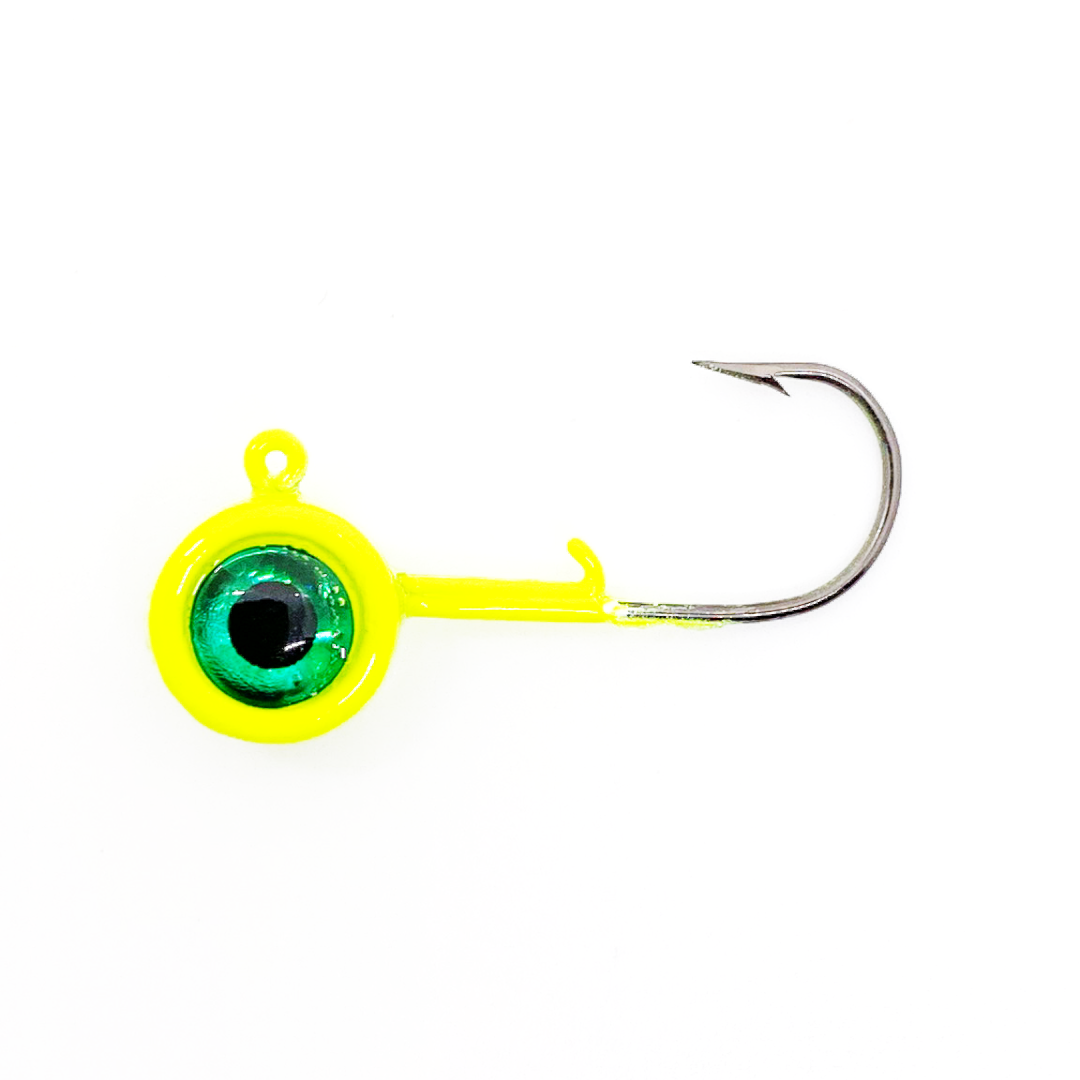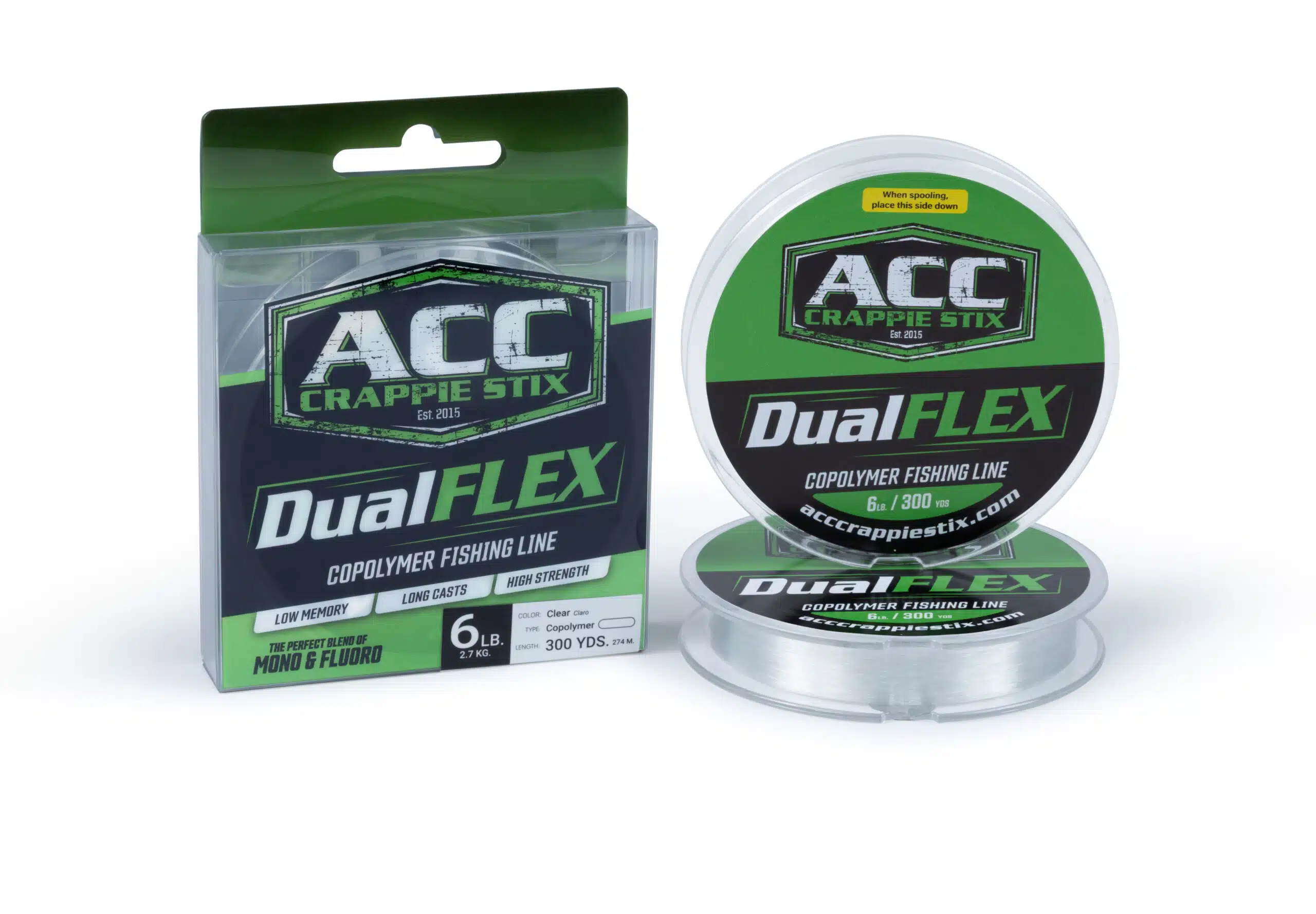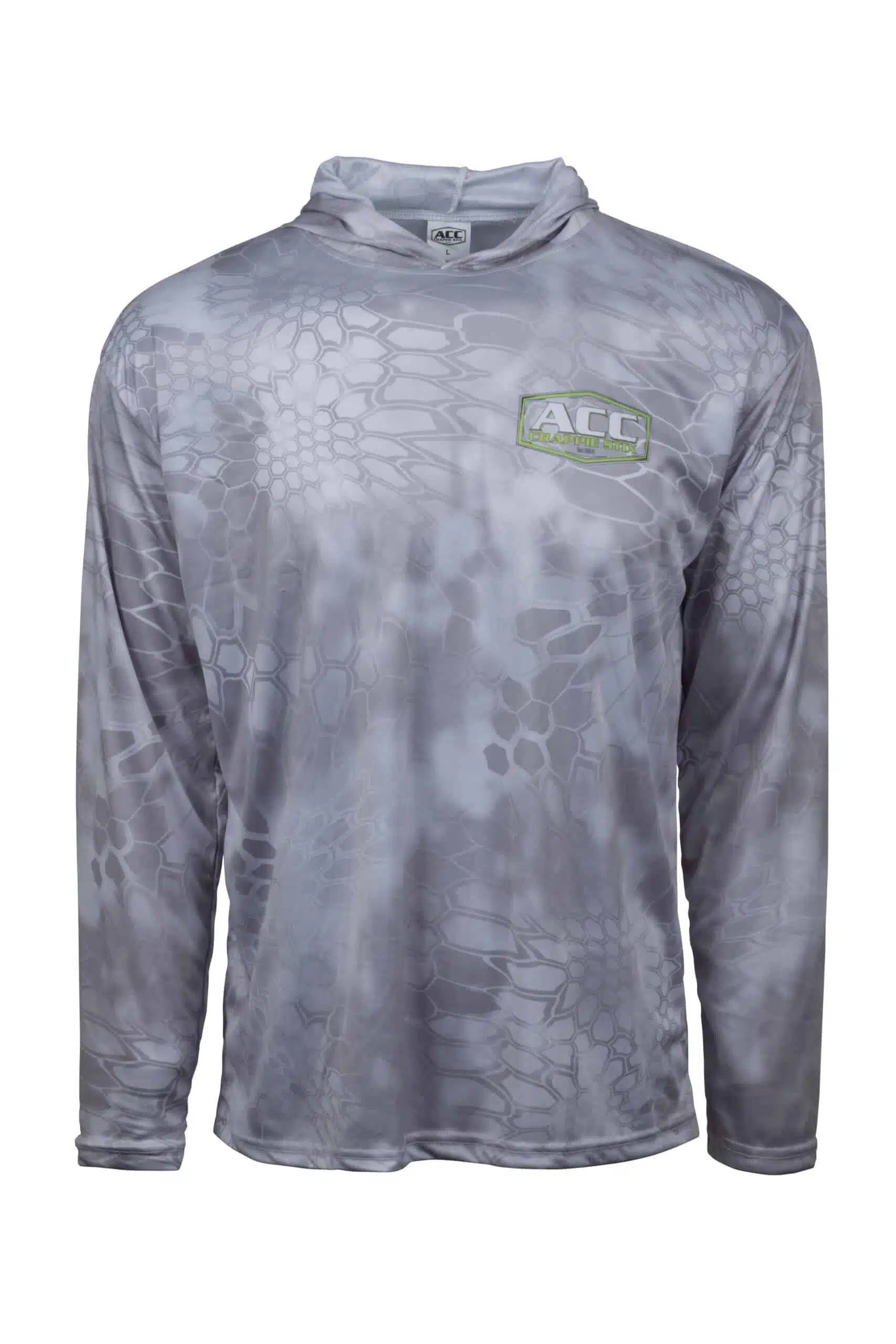Unique qualities of ice tournaments with Brennan Schuette
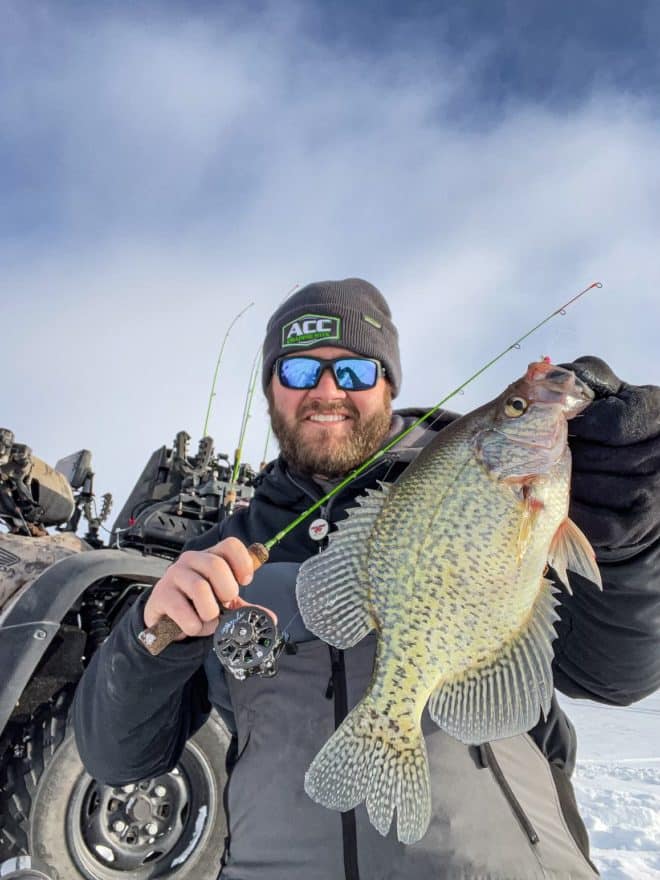
By Greg McCain
Brennan Schuette considers himself much more than just a fishing guide or videographer. The Minnesota outdoorsman includes guide trips and videography in his adventures, but he participates in just about any outdoor-related activity available.
“Ice fishing, open-water fishing, turkey hunting, goose hunting, duck hunting. I don’t deer hunt, but I pheasant hunt,” he said. “Pretty much anything outdoors I am involved in.”
At the moment, the pursuit is ice fishing, and the possibilities near his home in Brownton, MN, located in the southern-central part of the state, are endless. For years, Brennan enjoyed the opportunities on hard water, sharing the experience with friends. Recently, however, Brennan has added a new element to his outdoor passions – ice fishing tournaments.
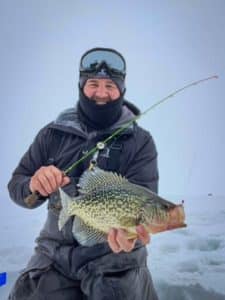
I had an educational conversation with Brennan about his approach to tournament fishing on ice. Much like tournaments in open water, competition on the ice features its own unique qualities while sharing some basic similarities. Not unlike other types of tournament fishing, a sense of urgency manifests itself in competition on the ice.
“Tournament fishing is go, go, go, eliminating water,” Brennan said. “What you are doing is pushing yourself to find the right water and find the right bite. Versus going to your local lake where you have been fishing for 15 or 20 years, and you just know where to go to find fish. You’re going to catch fish, and it’s just relaxed.
“Tournament fishing is aggressive. You have a limited amount of time to pre-fish. You have a limited amount of time to find the right fish. To me, it’s almost an adrenaline rush. It really pushes you to be a better angler.”
Brennan and his partner compete in the Ultimate Panfish League, a circuit roughly 20 years old based in the metro Minneapolis/St. Paul area. It features four tournaments each winter with the anglers of the year determined by the most total weight among the 30 teams.
“Yes, we’re limited to 30, 60 guys, actually a few gals, on the ice,” he said. “It’s not necessarily a local league. Some guys are traveling four hours although most of the fishing is local for me, usually within about 20 miles, but this last one was about 120 miles away.
“It’s kind of a broad league, which I like anyway because it pushes you out of your comfort zone and causes you to get out of your area and fish totally different lakes that I’ve never had the opportunity to fish before.”
Other leagues in the region operate in similar ways. One of the few attempts at operating at a large scale – Brennan said it covered eight or nine states – the NAIFC recently suspended operations.
Brennan said his payday does not alway occur in dollar figures. He’s competing for the experience, which he gleans by time on the water and by watching and talking with veteran tournament ice fishermen.
“It’s not really a money-maker for me. I don’t call myself a great fisherman,” he said, “but just by being in this league one year, I have learned so much more about ice fishing for panfish, reading maps and getting out of my comfort zone. For me, that’s my payout, just learning from all of these guys who have been in the league for a number of years.”
He shared an experience from last winter that illustrates the point. Brennan said that he has always been a “basin” fisherman, reading maps, drilling multiple holes, and using electronics to find deeper fish.
“Last year, I got to talking with the team that won and asked them where they found their fish,” he said. “They were in three feet of water in coontail (grass). They were using a technique called long-rodding.
“Long rodding is no different from using a 12-foot ACC rod and pulling fish off stumps (in open water), but this is through the ice and really no different. It’s using a fixed 48- or 50-inch rod with a spring bobber on the end, dropping that jig down, waiting for a bite, and pulling the fish through the ice.
“It’s something that I have never done before and nothing I’ve ever thought about doing. That’s just an example of something that I have learned just from one tournament.”
Brennan’s league competition includes a combined weight of both crappies and bluegills, making the multi-species approach unique compared to most open-water tournaments. That’s not the case with ice fishing. Other circuits offer prizes for a wide range of species.
In the Utlimate Panfish League, the need to weigh two species of panfish creates its own set of problems. Brennan typically pre-fishes one day for crappies and one day for bluegills, developing a game plan based on productivity and fish location.
In his most recent tournament, the plan was to catch a quick limit of crappies and then focus more on bluegills, which were proving finicky because of extreme cold temperatures. Air temps on tournament day dropped to negative-15.

Even though the crappies proved reasonably easy to catch early in the day, a bit of strategizing allowed them to catch fish quickly.
“We went for crappies first, the reason being to get them out of the way,” Brenna said. “Other teams were fishing surrounding areas and were pushing fish around. In this particular tournament, the fish were very jumpy to noise.”
Using the skittish fish to their advantage, Brennan and his partner set up a little shallower and intercepted the moving fish. That strategy is just another example of how Brennan’s tournament fishing has evolved.
The bluegills proved to be more of a challenge. First of all, the bluegill spot was about a mile away. While that distance does not seem extreme – short moves are usually anywhere from 50 feet to 500 yards – packing up coolers, rods, electronics, and other accessories makes for a time-consuming process.
Adding the compressed tournament hours, 8 a.m. until 2 p.m., into the equation makes time management essential.
They caught their bluegills eventually, and their limit – 7 crappies, 7 bluegills, and a bonus fish of either species – weighed just under 10 lbs. In league competition, crappies must be over 8 inches and bluegills over 7 inches. The overal total was good enough for second place.
Another positive change for Brennan this winter is the move from a utility vehicle (side-by-side) to a snowmobile. Brennan bought a 130-hp machine in the off-season, and the snowmobile provides more advantages than just saving time. While tournament rules prohibit speeds over 40 mph, the tracked machine makes for improved traveling conditions.
In the last tournament, “the lake was really rutted up with frozen slush,” Brennan said, perhaps the equivalent of whitecaps in open water. “Try to cross over those in a four-wheeler or side-by-side, and you’re likely to get thrown out.”
Nearing the end of tournament hours, Brennan and partner start preparing for weigh-in, typically located around a launch area. In very cold temperatures, tournament officials set up shelters to house the scales and avoid freezing fish.
“We set an alarm for about 1:30 and start to sort fish,” Brennan said. “We weigh some of the medium-sized fish because .01 grams can be important in ice fishing.”
With the fish in a cooler to keep them from freezing, they then race to the weigh-in site. Brennan said an ice-fishing weigh-in is not the social affair associated with other tournaments, mainly because of the cold. However, tournament officials regularly update a leaderboard that provides the latest standings.
“Ice fishing tournaments has been a new experience for me,” Brennan said. “I hope to continue to learn from them and expand my knowledge of ice fishing.”
For more on Brennan’s Minnesota outdoor adventures, follow Mid-Sota Media and Guide Service on Facebook. Latest trip reports and information about guided fishing outings – Brennan guides for various species – can be found there. Contact him through the page about media services as well.

